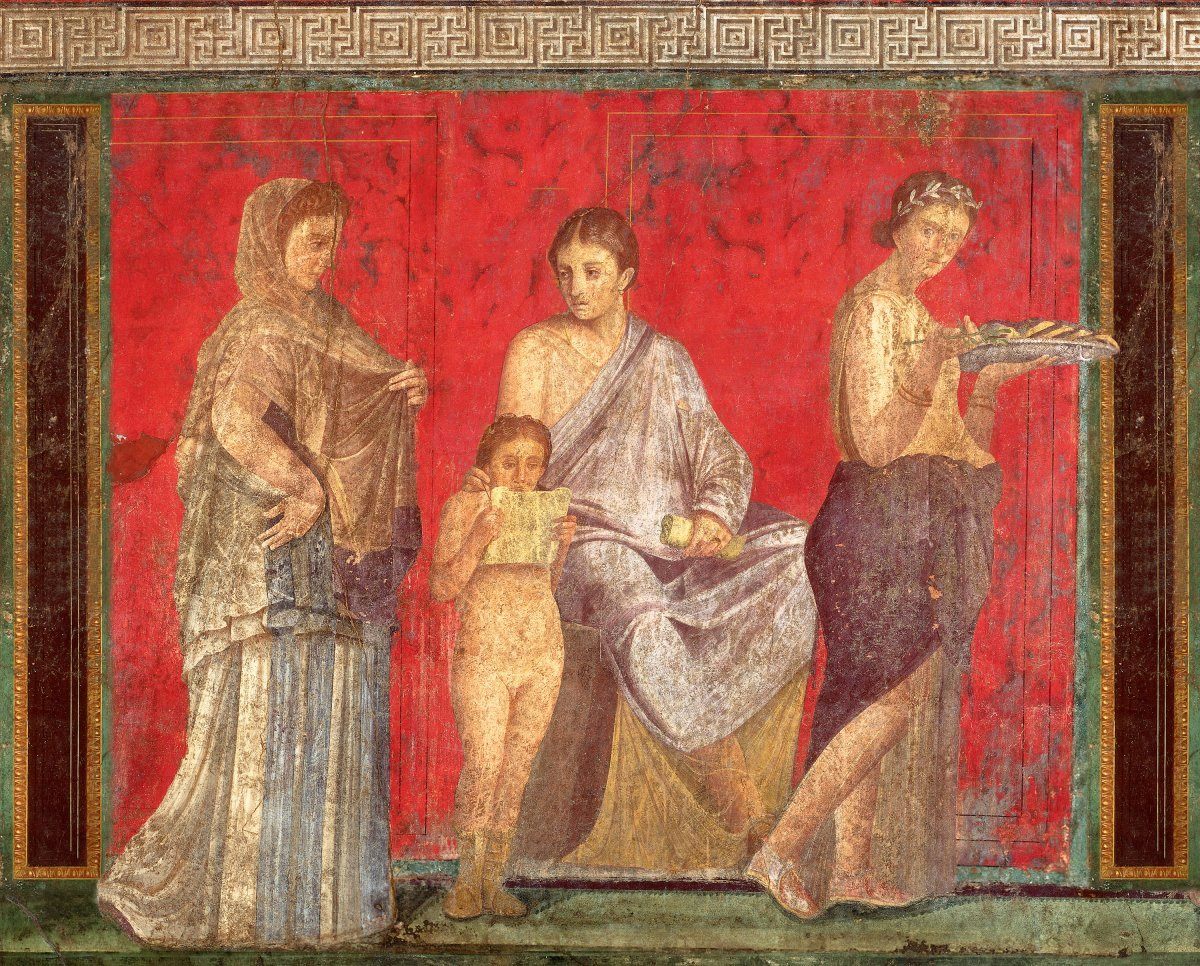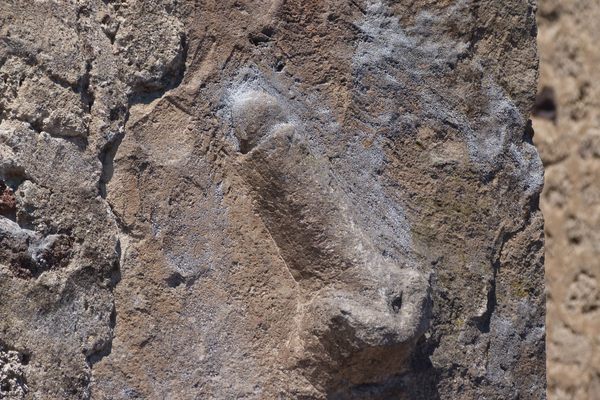Where Did All the Refugees From Vesuvius End Up?
Their quest for new lives wouldn’t have been that different than that of refugees today.

Over the course of three days in A.D. 79, the cities of Pompeii and Herculaneum were covered by hot ash, pumice, and molten rock from the eruption of Mount Vesuvius. Archaeologists have accounted for some 2,000 inhabitants of those cities from voids in the ash, but their combined population at the time was around 15,000 people. So where did everyone else go?
That question has been on the mind of Steven Tuck, a classicist at Miami University in Oxford, Ohio, since it was posed by a teacher in his undergraduate days around three decades ago. After years of sleuthing, he thinks he has an answer, which will be published in the journal Analecta Romana Instituti Danici this spring. Tuck asserts that refugees two millennia ago made decisions very similar to ones people make today regarding where to go after a disaster strikes, and that modern governments could stand to learn a thing or two from how the Romans dealt with the Vesuvius crisis.
“In the lives of these people, the Roman government seems to have mattered,” he says. The government played a major role in expanding and supporting the communities of Cumae, Naples, Ostia, and Puteoli on the northern peripheries of the eruption—cities that took in volcano refugees.

Tuck traced the movement of survivors from Pompeii, who would have departed as the volcano grew more active before the cataclysm, through language, culture, and family names. Like refugees today, people generally chose to resettle where they already had family and economic ties. In some cases, this made it difficult to determine where they ended up.
“Think in modern terms of moving in with your in-laws after a disaster. (yay?) Those people I could find. Those who moved into their parents’ basement (or the Roman equivalent) are invisible in the record,” Tuck explains over email. Tuck tracked shifts in surnames specifically—and such changes would be visible only when people moved in with relatives or acquaintances with a different name. And many residents of Pompeii had connections in other places because of wealth and landholdings, or because they knew people who had resettled after another recent disaster, a devastating earthquake in A.D. 62.
The act of fleeing and surviving such devastation certainly would have bonded refugees who traveled north. Sometimes it even led to marriages. One example of such a wedding had been found in Naples, where a grave for Calidia Nominata was prepared by her husband, L. Vettius Sabinus. Both of their names are associated with Pompeii, and the evidence was further cemented by an inscription on her gravestone in Oscan, the native language of Pompeii: It read HAVE, or “welcome.” The city had been ruled by Rome for over 160 years, but the inscription “really speaks to the strength of their local culture, that this is [the language] they’re continuing to use,” says Tuck.

As he was imagining who actually made it out as disaster loomed, Tuck says, “My initial thought was, a bunch of rich guys handed their keys to their slaves and said: ‘Watch out, I’ll be back!’ [but] that doesn’t seem to be the case.” Instead, evidence such as family tombs and financial records show that many of the people who made their way from Pompeii were women, slaves, and freed slaves.
New architectural projects in the refuge cities from the period also show that the Roman state took care of many of these refugees following the disaster. While the government wasn’t actively shepherding people to safety—there would have been little time for such a concerted response then—they did raise money and infrastructure wherever refugees followed their hearts (and wallets) to new lives.




















Follow us on Twitter to get the latest on the world's hidden wonders.
Like us on Facebook to get the latest on the world's hidden wonders.
Follow us on Twitter Like us on Facebook